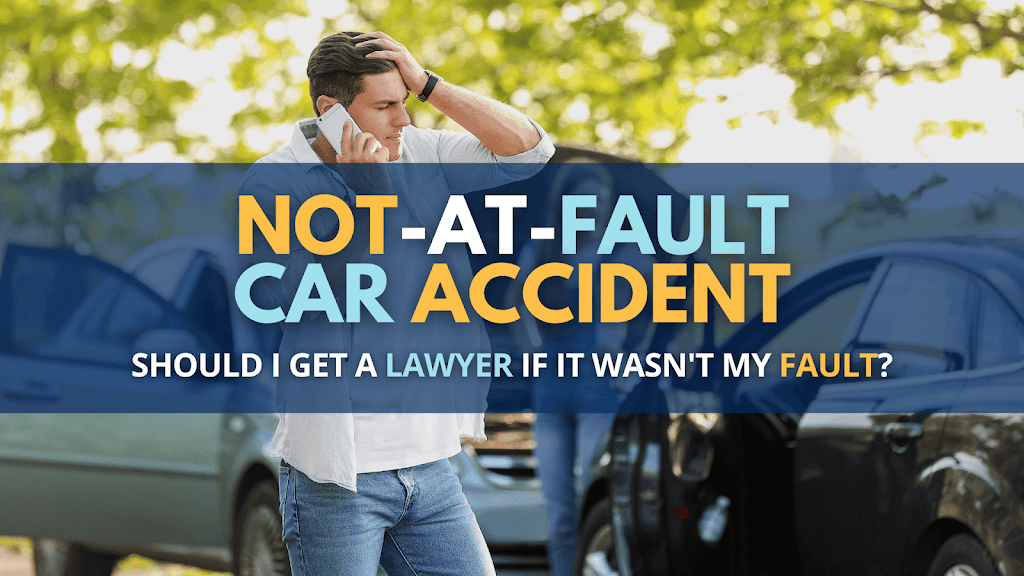Should You Hire a Fault Accident Lawyer?

If you were involved in a car accident where you were not at fault, hiring a lawyer can help you navigate the legal process and ensure you receive fair compensation for damages and injuries. Here’s a step-by-step guide to hiring a lawyer for a not-at-fault car accident:
Step 1: Determine Your Needs
Assess the Situation: Determine if you need legal assistance based on the severity of the accident, injuries, and damages. If you have significant injuries or disputes over fault, a lawyer can be very helpful.
Insurance Company: If dealing with an uncooperative insurance company, a lawyer can advocate on your behalf.
Step 2: Research Potential Lawyers
Referrals: Ask friends, family, or colleagues for recommendations.
Online Search: Look for personal injury or car accident lawyers in your area. Legal directories like Avvo, Martindale-Hubbell, and the American Bar Association can be useful.
Reviews: Check online reviews and testimonials to assess the reputation of potential lawyers.
Step 3: Verify Credentials
Licensing: Ensure the lawyer is licensed to practice in your state.
Specialization: Look for lawyers who specialize in personal injury or car accident cases, particularly those involving not-at-fault accidents.
Experience: Check their track record and experience with similar cases.
Step 4: Schedule Consultations
Initial Meetings: Set up consultations with a few shortlisted lawyers. Most offer free initial consultations.
Case Discussion: Discuss your case in detail, including the accident, injuries, and any interactions with insurance companies.
Step 5: Ask Important Questions
Experience: How many not-at-fault car accident cases have you handled?
Success Rate: What is your success rate in these cases?
Case Management: Who will handle my case, and how often will I receive updates?
Fees: What is your fee structure? Do you work on a contingency basis (no upfront fee, lawyer gets paid if you win)?
Communication: How can I contact you if I have questions? How quickly do you respond to inquiries?

Step 6: Evaluate Fee Structure
Contingency Fee: Many personal injury lawyers work on a contingency fee basis, meaning they only get paid if you win your case.
Additional Costs: Understand any additional costs, such as court fees or expert witness fees.
Step 7: Assess Compatibility
Comfort Level: Choose a lawyer you feel comfortable with and who communicates clearly.
Responsiveness: Ensure the lawyer is responsive and attentive to your needs.
Step 8: Check References and Background
References: Ask for references from previous clients.
Disciplinary Records: Verify the lawyer’s standing with your state’s bar association to ensure they have no history of disciplinary actions.
Step 9: Make Your Decision
Compare Options: After meeting with several lawyers, compare their experience, approach, fee structure, and your comfort level with them.
Sign Agreement: Once you have chosen a lawyer, read and sign a retainer agreement outlining the terms of your representation.
Step 10: Work with Your Lawyer
Documentation: Provide your lawyer with all relevant documentation, such as police reports, medical records, and insurance correspondence.
Stay Informed: Maintain regular communication with your lawyer and stay updated on the progress of your case.
By following these steps, you can find a qualified lawyer who will effectively represent your interests and help you achieve the best possible outcome in your not-at-fault car accident case.